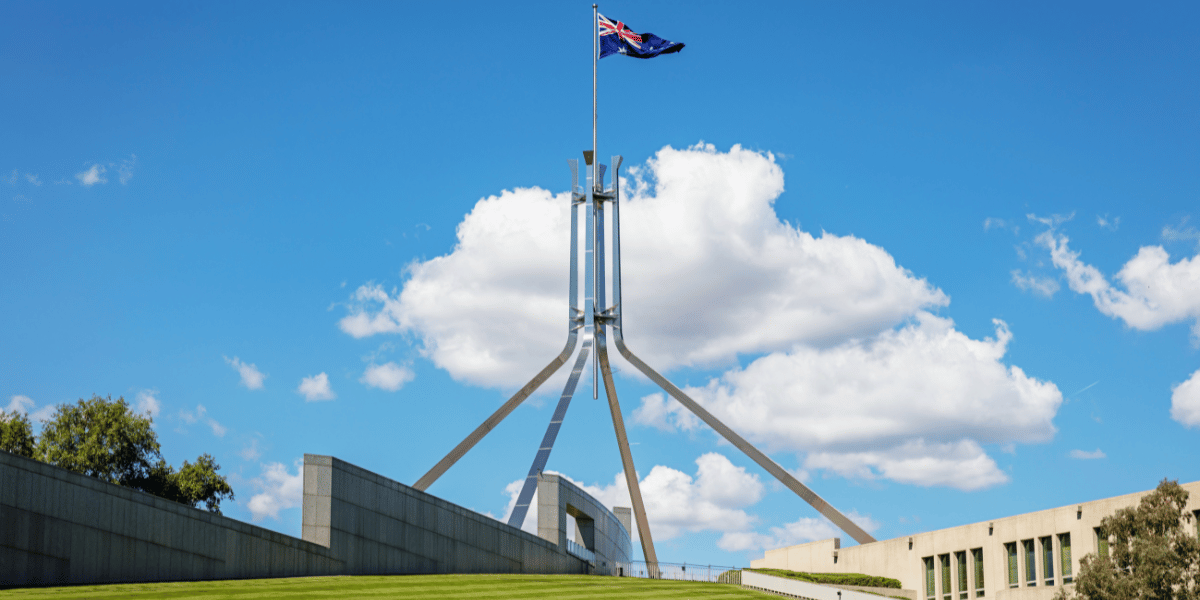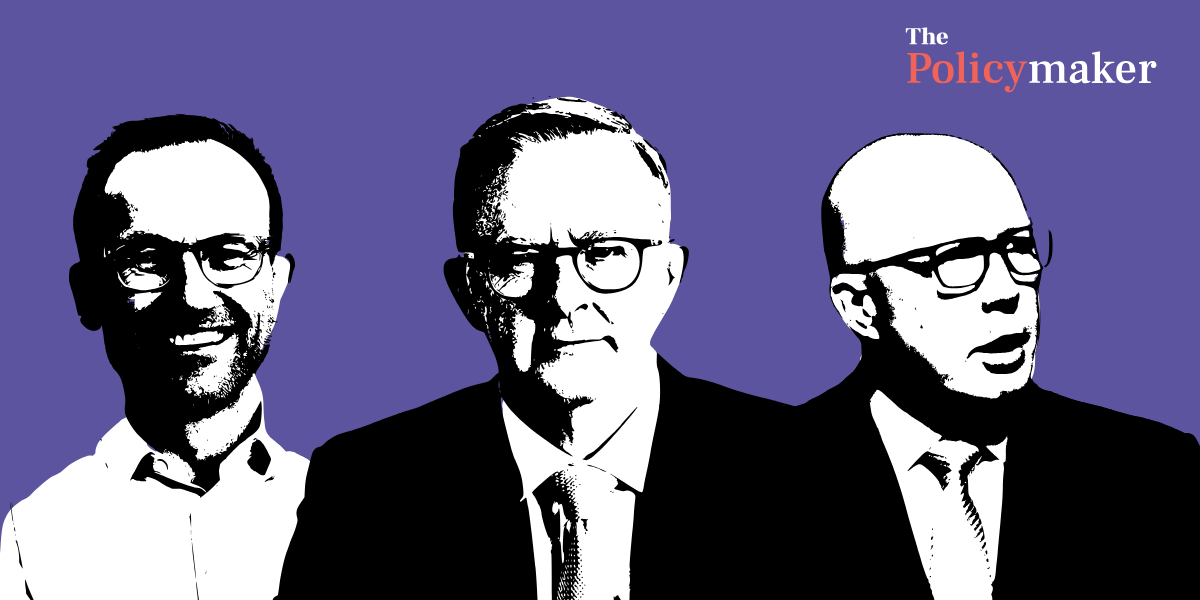Modern slavery is a wicked problem for Australia—but effective coordination of the actors involved in prevention, law enforcement and victim protection can enable a more effective response.
Modern slavery is an entrenched human rights issue impacting countries around the world. Recent research estimates that 50 million people worldwide are believed to be victims of forced marriage and forced labour, an increase of 25 per cent from the last estimated report.
Australia is not immune to the scourge of modern slavery, with specialist organisations such as Anti-Slavery Australia reporting in 2021 over 400 cases of people trafficked to or from Australia, or that had faced modern slavery while in Australia. That includes forced marriage, servitude, sexual exploitation and forced labour. However, it’s worth noting that international organisations, including the United Nations, consider child sexual exploitation (CSE) to be a form of modern slavery. A compelling thought when we consider that in 2021 the Australian Federal Police reported 33,114 reports of online child sexual exploitation.
But what in fact is modern slavery’s typology and what can we do to end it? Modern slavery is an umbrella term that covers a myriad of offences—human trafficking, slavery, servitude and forced labour, all of which, whilst considered heinous crimes, are also serious human rights violations. The hidden nature and inherent complexity of these cases—which encompass a range of exploitative practices—creates significant challenges for law enforcement, statutory agencies, NGOs and communities to recognise and tackle the different manifestations of the crimes that encompass modern slavery.
Adversity, risk and vulnerability factors have been identified as contributing to an increase in a person’s susceptibility to modern slavery. Vulnerabilities to victimisation exist across multiple social spheres, namely the individual, family, neighbourhood and broader community. Permissive environments where there is a lack of general knowledge and understanding—coupled with ineffective safeguarding, legislation and disruption measures—help crimes of modern slavery flourish.
Whilst poverty has been highlighted as a factor, the sophisticated grooming techniques and complex power and control dynamics utilised by perpetrators of exploitation, render all manner of individuals helpless. Prevention strategies therefore should be tailored to the specific vulnerabilities and needs of individuals and their communities. Whilst the issue is complex and multi-faceted, the task is not insurmountable.
The positive potential of multi-agency responses
Multi-agency responses offer a unique opportunity for effectively tackling the escalating complex problem of modern slavery in Australia. But effective solutions won’t come easily. Multi-agency collaborations require collective, unified efforts and a willingness to sit comfortably with chaos. Innovative approaches are necessary to navigate the inherent barriers faced when aligning agency and departmental agendas, policies and procedures, in order to find commonality and forge true partnerships.
What we propose for Australia is a comprehensive, multifaceted approach to tackling modern slavery, recognising the inherent complexities, challenges and uncertainty present. Approaches need to be data-driven, accompanied by research-informed prevention strategies that encompass collective action across local agencies and institutions. At the core of this approach is a strong, sustainable commitment to collective action through the use of multi-agency collaboration.
This is based on a broader model of building community capacity, which Professor Robert Chaskin at the University of Chicago explains as “[t]he interaction of human capital, organizational resources and social capital existing within a given community that can be leveraged to solve collective problems and improve or maintain the wellbeing of a given community.” “It may operate,” Chaskin says, “through informal social processes and/or organized effort.”
An integrated, holistic approach—through multi-agency intervention—is critical to address crimes under the modern slavery umbrella, including CSE. Supporting young people who have been sexually exploited while also disrupting perpetrators is complex, requiring appropriate interventions from a range of stakeholders. The United Kingdom has been proactively addressing CSE identification, prevention and disruption utilising multi-agency frameworks of practice for several years, but researched and peer reviewed literature demonstrating its benefits is only just emerging.
Multi-agency arrangements are responsible for responding to all forms of child exploitation at the point of identification, assessment, planning and decision-making in response to notifications and referrals. Such arrangements focus on protecting, supporting and caring for children and young people at risk or harmed by exploitation, as well as preventing exploitation through awareness-raising and disruption. This approach enables stakeholders to contribute through their specific role whilst incorporating local strategic and operational responses.
A recent study from the UK examined the effectiveness of multi-agency collaboration and human trafficking investigations. The study reviewed police collaborations in England and Wales, noting various upsides to these approaches, including:
- opportunities for intelligence sharing, thereby increasing the quality and usefulness of data
- better mapping of the problem
- improved decision-making
- joint problem-solving approaches
- each agency bringing different forms of expertise
- the ability to access young people in different contexts
- development of a protective community network
When responding to trafficking crimes, multi-agency cooperation can also help protect victims. Research has found that multi-agency teams help to better assess the psychological, social, emotional and economic needs of victims and tailor responses accordingly. Police services involved in multi-agency collaborations are also more likely to provide support to victims during an investigation.
Involving local communities enables effective responses
There is also growing interest in the use of community-based approaches to address the causes of modern slavery and the related goal of building anti-slavery resilience. Local communities can play an important role, including by developing prevention and awareness campaigns, providing intelligence for enforcement agencies, and offering the advocacy, support, and connection that is crucial to long-term support and recovery of survivors. A place-based focus also offers the opportunity to focus, connect and coordinate multiple initiatives emerging from diverse national and local actors within the context of a single community.
It’s important to note that recruitment into modern slavery is usually facilitated by people whom the victims know personally, or who have similar characteristics to themselves. For this reason a focus on enhancing social and community networks must be a part of the solution.
In amongst all of this it is important to recognise how crucial including survivor voices is for informing these processes and the role they play in ensuring accountability for statutory agencies, by challenging existing systemic imbalances and weaknesses. Action-research and consultation with other communities—for instance, professionals or stakeholder groups not involved in the original problem identification—can also assist in bringing new insights.
History teaches us that, as is the case with many complex social issues, no single individual or agency can end modern slavery. We propose that it is the collective responsibility of society as a whole to take action on this issue. By using an ecological systems approach, ensuring a coordinated community response across the layers of interconnected societal landscapes, everyone can work together to identify and support victims, while bringing exploiters to justice and preventing modern slavery at its roots.
Claire Morse is currently the project officer at Project Paradigm and a sessional tutor at the University of the Sunshine Coast. She began her career as a Queensland Police Officer, with a strong focus on working with children, families and young people, domestic and family violence, and community policing. Claire transitioned across from policing to social work, working across several fields of practice with a special focus on working with Aboriginal and Torres Strait Islander communities and directly with clients, as well as in advocacy, policy and research.
Conrad Townson started his career working with young people in community and outdoor education-based settings in the UK and Eastern Europe. He has a strong background in child protection working as a practitioner and manager with children and young people across a number of settings. Conrad is currently Principal Advisor on Child Sexual Exploitation with IFYS and oversees Project Paradigm, a national programme aimed at addressing child sexual exploitation in Australia. Alongside this he supports professional practice through external professional supervisor, consultancy and training on child protection related issues. He sits on the board of the Australian Community Workers Association, is chair of the National Strategic Partnership on Child Sexual Exploitation, a member of the National Working Group on Responses to Victims of Child Sexual Abuse Material, and is a member of the National Stakeholder Working Group for the Australian Centre to Counter Child Exploitation.
Image credit: Pixabay













